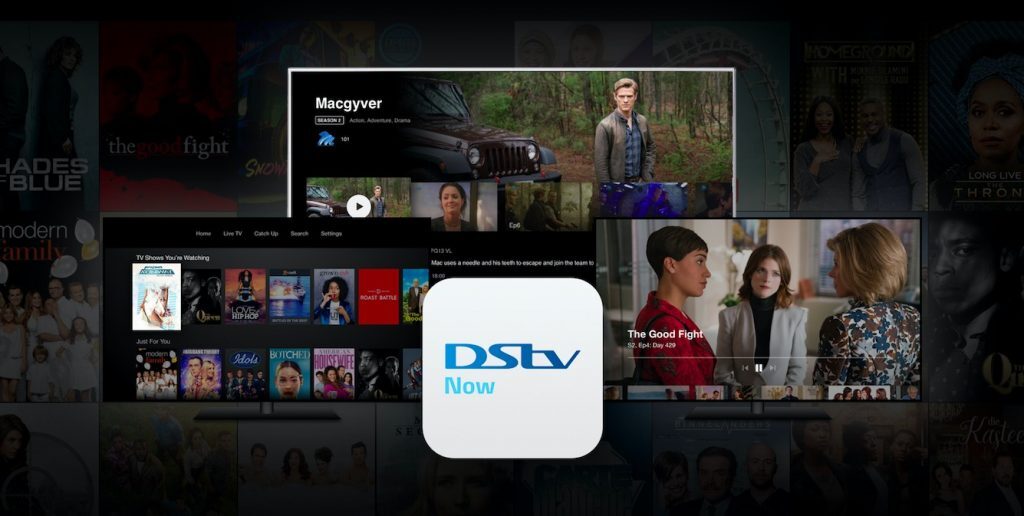We found it eventually in a tub of Lego. It was one of the many very minor crises of the Great Covid Lockdown of April 2020. Towards the end of the strict five-week shelter-in-place, our three-year-old son lost our DStv remote. No tech stores were even open, while grocery stores generally don’t stock emergency DStv remotes.
We watched the news through the DStv Now app for three days, until we played with that box of Lego.
It was a subtle reminder of how important, even in this age of streaming, access to news is. Our TV sets have evolved, as have our habits, into a hub of entertainment, gaming and bingeing. In the early spasms of the pandemic – which history will look back on as some strange generalised public temporary madness – we were fixated with the news. Considering TVs and screens have become necessary for our new bingeing addictions, it was a return to a more glorious age for the TV news industry.
The media industry is not just an essential service, in Covid-19 parlance, but part of the lifeblood of democracy. It’s a stark reminder of the importance of news – and that most people can only get state-owned news provided by the state broadcaster.
Over the last few years I’ve lost count of the conversations I’ve had – and especially in the last three months – about “cutting the cord” – the phrase used in the United States for cancelling cable TV services – in lieu of online streaming services.
It used to be an either-or decision. Either cable (so called because it literally used a cable, an early precursor to fibre) or Netflix. But then a funny thing happened. When the copyright owners of Friends discovered that was the most watched show on Netflix, it occurred to them they could make all the money from a subscription instead of a percentage.
At the same time, Netflix itself evolved from being an archive of old material into a $8bn a year production studio, while Amazon Prime, Apple and Disney have ramped up their productions – as have so many other studios.
Now most consumers need to subscribe to multiple services to get all the content they want. I have three subscriptions. DStv is my primary video subscription, irreplaceable for of news and sport, followed by Netflix and Showmax (which is now bundled with DStv Premium).
I was heartened to see MultiChoice announcing they would include Netflix and Amazon Prime in their new Xplora decoder expected later this year. That’s a clever strategy. Many people without smart televisions don’t have a device – called a set-top box by the industry – to play a streaming service. In South Africa, the largest installed base of set-top boxes are DStv decoders. Not all can play Netflix, but if you’re going to upgrade your decoder, it makes sense if it can also stream the competition. Netflix has an all-you-can eat policy but Amazon cleverly sells other services (HBO, Apple TV+ and Disney+). Multichoice is clearly adopting some of the latter’s strategy too.
As Sun Tzu, the original urban poet, said: keep your friends close but your enemies closer.
This article first appeared in Financial Mail.




